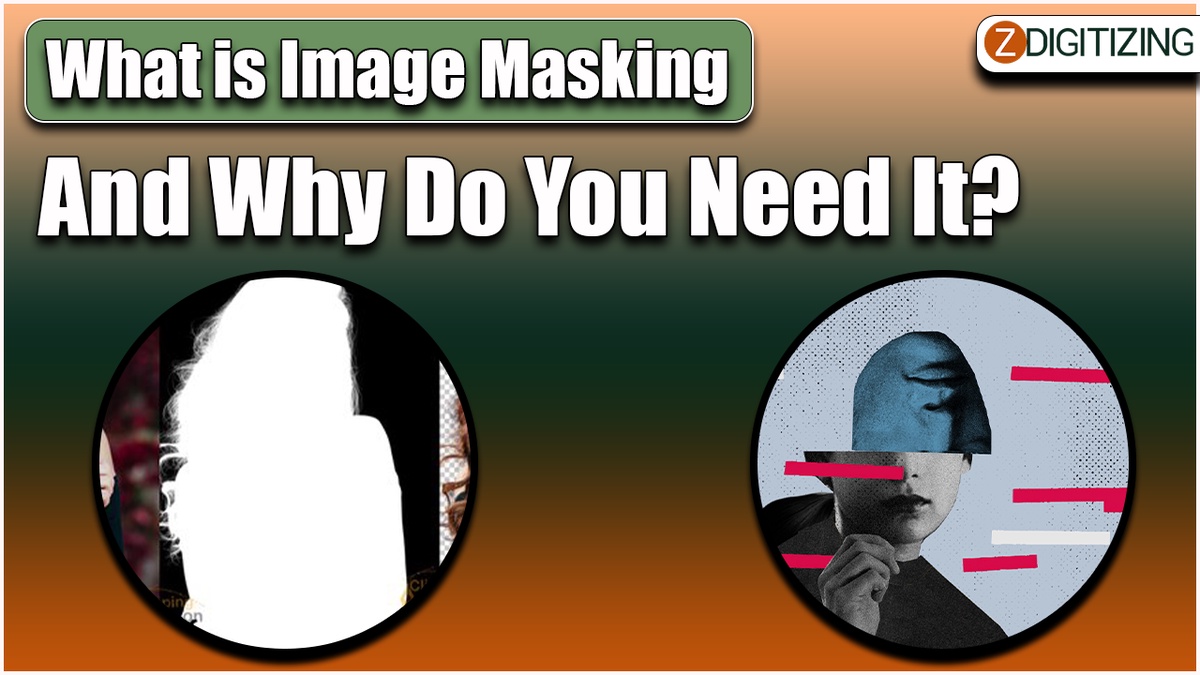Image masking is a crucial technique used in various fields such as photography, graphic design, and embroidery digitizing services. It involves concealing or revealing certain portions of an image to achieve desired effects or to separate objects from their backgrounds seamlessly.
Introduction to Image Masking
In the realm of digital imagery, image masking is a fundamental process utilized to manipulate and enhance images. It allows for the isolation of specific areas within an image, providing greater control over editing and customization.
What is Image Masking?
Image masking is a technique used to selectively hide or reveal portions of an image based on defined parameters. Unlike traditional editing methods like cropping or erasing, masking preserves the original image data, making it a non-destructive editing technique.
Different Types of Image Masking Techniques
- Layer Masking: Involves creating a layer mask to selectively hide or reveal portions of a layer.
- Alpha Channel Masking: Utilizes alpha channels to define transparency levels in an image.
- Clipping Mask: Allows you to use one layer to control the visibility of another layer.
- Transparency Masking: Achieves transparency effects by masking specific areas of an image.
Why Image Masking is Important?
Image masking is essential for achieving complex editing tasks that are not feasible with conventional methods. It offers precision and flexibility, enabling professionals to create stunning visuals with intricate details.
Applications of Image Masking
Photography
In photography, image masking is used to remove backgrounds, isolate subjects, or apply various effects without altering the original image quality.
Graphic Design
Graphic designers utilize image masking to blend images seamlessly, create composite images, or add special effects to design projects.
Embroidery Digitizing Services
In embroidery digitizing service, image masking plays a vital role in converting complex images into embroidery files. It helps in separating different elements of an image to ensure accurate stitching.
Benefits of Image Masking
- Preserves original image quality
- Allows for non-destructive editing
- Provides precise control over image elements
- Facilitates complex editing tasks
- Enhances workflow efficiency
How Image Masking Works
Image masking involves the use of various tools and techniques to define areas of transparency or opacity within an image. These masks act as virtual stencils, controlling which parts of the image are visible and which are hidden.


No comments yet